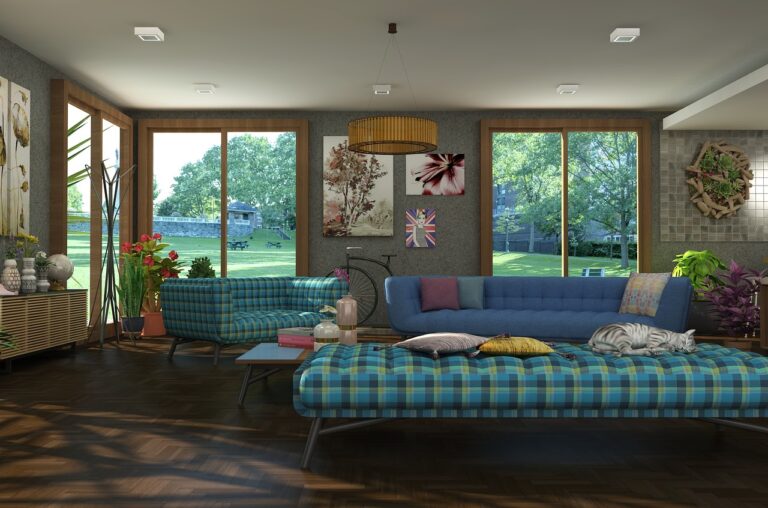Creating a DIY Vertical Garden Wall: Greenery in Urban Spaces
Vertical gardens are a fantastic way to bring greenery into urban spaces, even where there is limited ground space. To get started with your vertical garden wall, you will need a few key materials. First and foremost, you will require sturdy vertical garden panels or a trellis system to provide support for your plants. These panels can be made from materials like wood, metal, or even recycled plastic, depending on your aesthetic preferences and budget.
Next, consider the type of plants you wish to grow in your vertical garden and choose appropriate pots or planters. Ensure that these containers have good drainage to prevent waterlogged soil, which can harm your plants. Additionally, grab some high-quality potting mix and fertilizers suitable for the plants you have selected to promote healthy growth.
– Vertical garden panels or trellis system for support
– Materials like wood, metal, or recycled plastic
– Choose appropriate pots or planters with good drainage
– High-quality potting mix and fertilizers suitable for selected plants
Choosing the Right Location for Your Vertical Garden
When selecting the ideal location for your vertical garden, it is crucial to consider the amount of sunlight the area receives. Most plants thrive in direct sunlight, so opt for a spot that receives at least 6-8 hours of sunlight per day. However, if you plan to grow shade-loving plants, choose a location that receives dappled sunlight or is shaded for a significant portion of the day.
In addition to sunlight, take into account the accessibility of the chosen location. Ensure that it is easy to reach for watering, pruning, and harvesting. A location that is convenient to access will not only make maintenance tasks easier but will also encourage you to spend more time tending to your vertical garden, leading to healthier and more vibrant plants.
Preparing the Wall Surface for Your Vertical Garden
To ensure the success of your vertical garden, it is crucial to properly prepare the wall surface where it will be installed. Start by cleaning the wall thoroughly to remove any dirt, dust, or debris that may affect the adhesion of your planters. Use a brush, sponge, or pressure washer to clean the surface, depending on the material of the wall.
After cleaning the wall, inspect it for any cracks, holes, or uneven areas that could impact the stability of your vertical garden. Fill in any gaps with a suitable filler or sealant to create a smooth and even surface for mounting your planters. Once the wall surface is clean and repaired, it will be ready for the next steps in setting up your vertical garden.
What materials do I need to prepare the wall surface for my vertical garden?
You will need a drill, screws, brackets, a level, a measuring tape, and a stud finder.
How do I choose the right location for my vertical garden?
Choose a location that receives adequate sunlight for the plants you want to grow and ensure the wall can support the weight of the garden.
How do I prepare the wall surface for my vertical garden?
Start by cleaning the wall surface to remove any dirt or debris. Use a stud finder to locate the studs in the wall and mark where you will be installing brackets for support. Use a level to ensure the brackets are installed straight.
Can I install a vertical garden on any type of wall surface?
Vertical gardens are best installed on sturdy surfaces such as wood, concrete, or brick. Avoid installing on surfaces that are prone to water damage or are not strong enough to support the weight of the garden.







